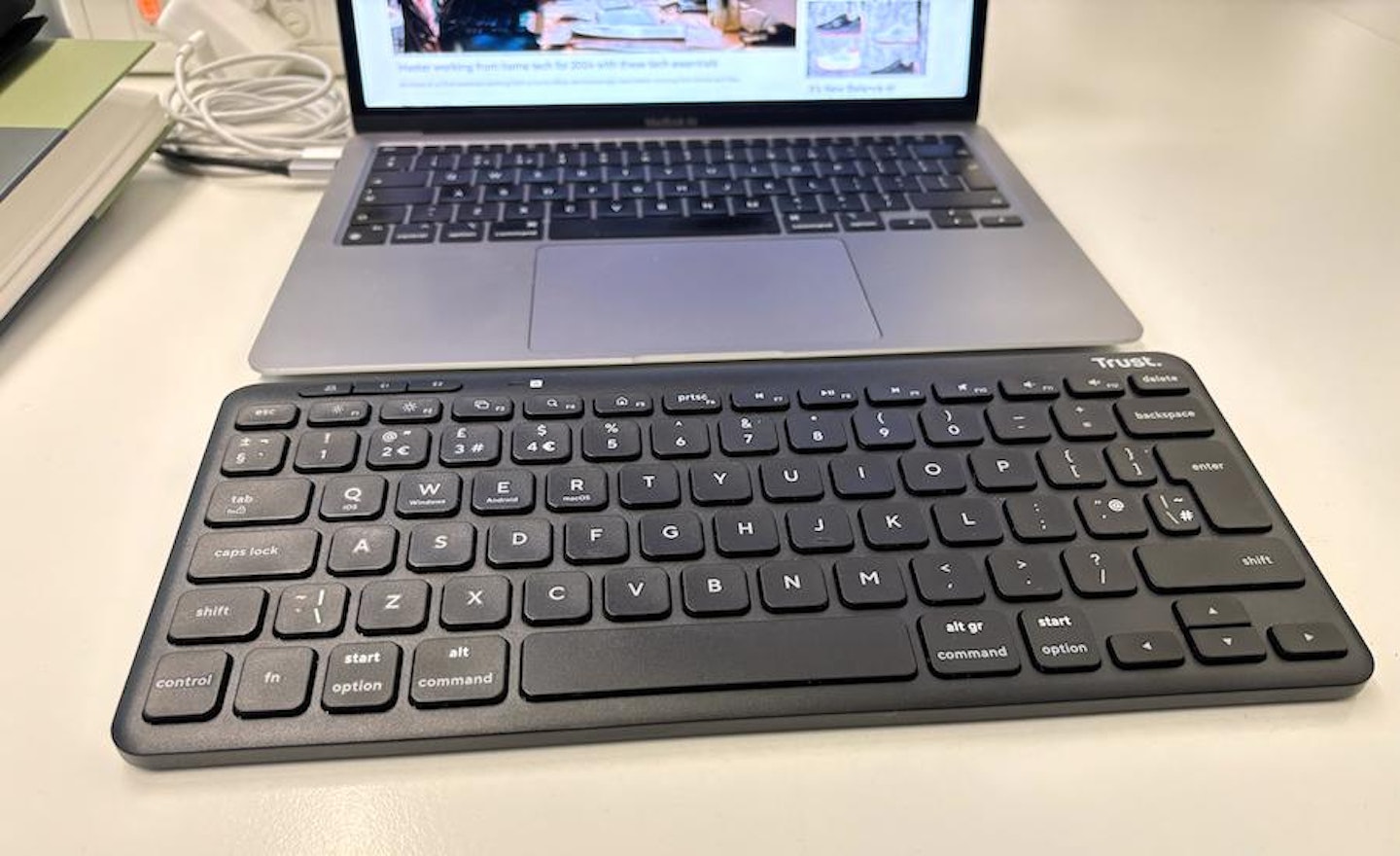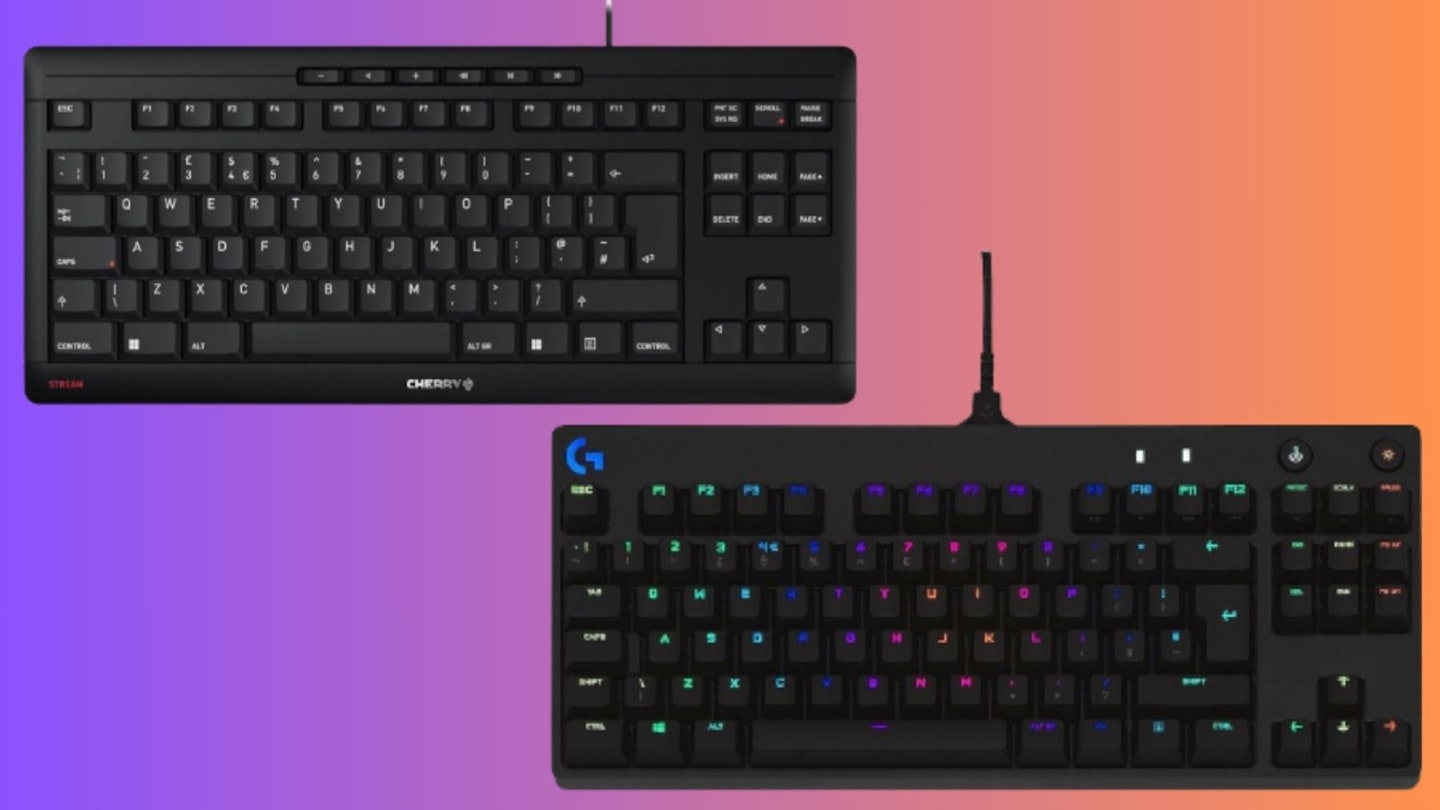From RGB backlights to mechanical switches, many great keyboard designs are out there – and we should know, having rounded up the best keyboards in 2024 – but one you might not be familiar with is the TKL keyboard. TKL means "tenkeyless", and TKL keyboards forgo the usual numpad you find on the right side of the build in order to reduce its size.
The idea of shaving off a chunk of your keyboard may not seem appealing at first, but it's often worthwhile. After all, how often do your hands reach over to that side of the keyboard?
Not only are these keyboards usually a bit more affordable than a standard model, but they're effective at saving desk space. A TKL keyboard is an easy way to keep everything tidy and organised for those working from home or struggling with limited desk space.
That's a brief look at what you can expect from a TKL keyboard, but we're here to go into more detail. We'll expand on what makes them so great and note another similar keyboard design you may want to consider.
No more Numpad
With a few exceptions, the Numpad on a keyboard is, at best, an occasional convenience that gives you another area to input numbers aside from the top section of the keyboard. If you don't work with numbers, it's highly unlikely that you will miss the Numpad.
A Numpad shines when you need to input a large quantity of numbers and data into a spreadsheet. That's handy, but it's pretty niche unless you spend much time filling out Excel docs.

Free up your desk space
We know the struggles of managing desk space and its limitations. When you account for a monitor or two, maybe a laptop, mouse, mousepad, wrist rest, and so forth, adding a keyboard into the mix can be asking a lot. A TKL keyboard is significantly easier to place in your setup.
The small size also serves to help the ergonomics. Without going into the deep side of ergonomic keyboards, a TKL design is one of the best for general use.
Repetitive wrist movements and stretching your fingers across a keyboard can build up fatigue and leave you with a sore wrist. Preventative measures are the best way to stop this from happening. You can use a cushioned wrist rest to improve your hand posture, but you'll need to consider your keyboard's design to account for the distance you need to stretch. Since TKL keyboards tend to have less space between the keys, your fingers don't need to reach as far, and by extension, they should tire less quickly.
How about a smaller size?
If everything about a TKL keyboard sounds perfect for you, then a 60 per cent keyboard might catch your attention, too. These keyboards push things even further and axe the area that typically houses the arrow keys and page up and down. These functions are moved and condensed into the main body.
The exact layout and new placement of keys differ from model to model, but as a general rule, 60 per cent of keyboards tend to resemble a small laptop's keyboard. This applies to both the rough layout and size.
As the name suggests, 60 per cent of keyboards are significantly smaller than a standard model, so that's, even more, desk space saved. They're also quite ergonomic too.
Kyle Purves is a Commercial Content Writer for What’s The Best, with an avid interest in all things gaming and tech.
They’re well-versed in reviewing a variety of tech products, with a soft spot for speakers and earphones. They’re also no stranger to hunting down the best savings, always wanting to get the best deal possible. Outside of work, they can often be found playing through an RPG, listening to Japanese noise rock, or trying to catch up with their ever-expanding list of shows and anime to watch. If possible, they try to play Dungeons and Dragons a couple of times a week, but getting six adults to be free at the same time is easier said than done.
Subscribe to the What’s The Best Newsletter to keep up to date with more of the latest reviews and recommendations from the rest of the What’s The Best team.
